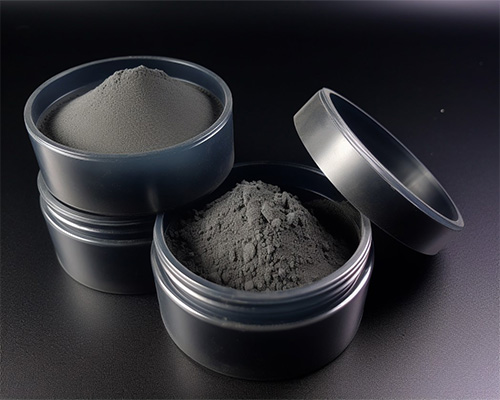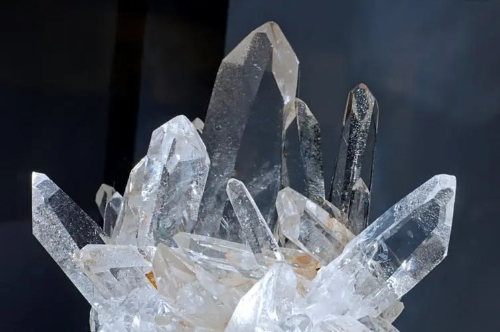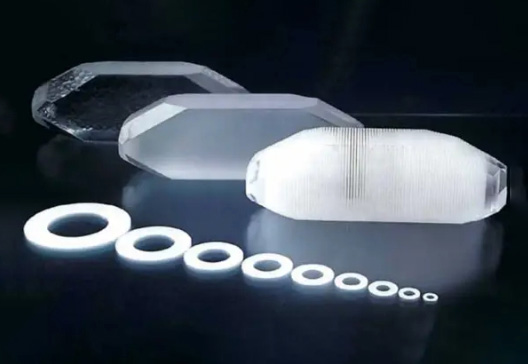The Overview of Metal Tungsten Powder
Tungsten powder is a gray-black metal with a metallic luster (body-centered cubic crystal). It has the characteristics of high hardness and high melting point, and it is not corroded by air at room temperature.
The purity of conventional tungsten powder is 99.95%. The residual impurities in tungsten powder will have an impact on the processing performance and usage performance of the product. Among them, Ca/Mg/P/As/Si/S/Fe/Ni/Cu/Al/Mo will reduce the strength of tungsten alloy. K/Na will facilitate the growth of tungsten carbide particles. V and Cr play the role of continuous growth.

Preparation of Metal Tungsten Powder
According to the average particle size, tungsten powder can be divided into ultrafine tungsten powder, general tungsten powder, and coarse tungsten powder.
The preparation method of metal tungsten powder mainly includes the hydrogen reduction of tungsten trioxide, the hydrogen reduction of halide, the carbon reduction of tungsten oxide or tungstate, the metal thermal reduction of tungsten oxide or tungstate, and the thermal dissociation of hydroxy compounds. Among them, the first method has the most mature technique and the most widely used industrial applications.
The reduction temperature, the load of tungsten oxide, the speed of the boat, the flow rate of hydrogen, and the moisture content in hydrogen will all affect the final particle size of the powder.
In addition to particle size, other important parameters include particle shape, surface area, bulk density, mobility and compression, etc. If the shape of the particles is irregular or dendritic, due to the mechanical engagement between the particles, the strength of unburnt earthenware will increase.
Applications of Metal Tungsten Powder
Tungsten powder is the main raw material for processing powder metallurgy tungsten products and tungsten alloys.
Pure tungsten powder can be made into silk, rods, tubes, plates, and other processing materials and products of certain shapes.
Mix tungsten powder with other metal powders, and we can have all kinds of tungsten alloys, such as tungsten-molybdenum alloy, tungsten-rhenium alloy, tungsten-copper alloy, and high-density tungsten alloy.
Another important application of tungsten powder is the production of tungsten carbide powder, which is in turn made into hard alloy tools, such as turning tools, milling cutters, drill bits, and molds.
Conclusion
Thank you for reading our article and we hope it can help you to have a better understanding of tungsten powder. If you want to learn more about W products, we would like to advise you to visit Stanford Advanced Materials (SAM) for more information.
Stanford Advanced Materials (SAM) is a worldwide supplier of tungsten products and has over two decades of experience in the manufacture and sale of tungsten powder, providing high-quality tungsten products to meet our customers' R&D and production needs. As such, we are confident that SAM will be your favorite tungsten supplier and business partner.



